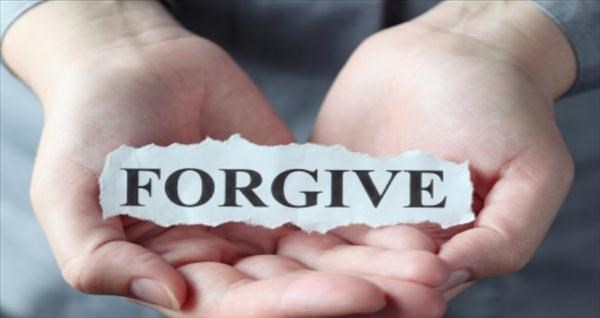Question
Gramps,
I have a friend who is a forgiving person, however, my friend keeps forgiving others while they take advantage of hurting my friend. I tried telling my friend to stand tall but my friend said, “No, I’m just a forgiving person”. I was left to myself and wondering why does the person accept getting hurt? Does pain mean anything when being offended? Or does the person just let pain go by and forgive others easily? I find that weird… I also remember a quote saying “forgiveness is the hardest thing in all of the gospel principles” How do you move on with OR without pain Gramps? Please teach me how.
Dallas
Answer
Dallas,
Thank you for your confidence in my ability to address your sincere question about forgiveness and pain. The ultimate teacher of forgiveness is our Lord and Savior Jesus Christ. How did our Savior move forward “without [physical] pain”? The truthful answer, He didn’t, yet despite His pain and agony He forgave, remembering the greatest work we have upon the earth, and that is the Father’s work, “For behold, this is my work and my glory—to bring to pass the immortality and eternal life of man.” (Source)
We learn from our prophets and apostles that forgiveness is “The Ultimate Form of Love.” Forgiveness, as an ultimate form of love, allows an individual to think upon the needs of others more than themselves as Marion D. Hanks reminds us,
“Christ’s love was so pure that he gave his life for us: “Greater love hath no man than this, that a man lay down his life for his friends.” (John 15:13.) But there was another gift he bestowed while he was on the cross, a gift that further measured the magnitude of his great love: he forgave, and asked his Father to forgive, those who persecuted and crucified him.”
The Lord’s Atonement is the prime example of forgiveness by which He endured tremendous physical pain in order to accomplish the Father’s will; however spiritually and mentally, when we truly forgive our brethren of their trespasses, we no longer feel mental anguish, or mental pain. We are able to move forward without anger and resentment, which in affect, we enter a state of mind spiritually without pain.
Although we are commanded by our Father in Heaven to forgive, we are not required to be walked over. Forgiveness doesn’t mean we put ourselves in the same pattern of harm. Forgiveness doesn’t mean we continue to allow our brethren to take advantage of our kindness when we full well have the opportunity to make sure it doesn’t happen again. An enabling spirit is not a forgiving spirit and we must be careful not to conflate these two principles. We are able to forgive without allowing ourselves again to endure physical or emotional pain. We can and we must protect ourselves and those we love.
I am reminded of the story provided in General Conference as given by President Hinckley who spoke about a story of a young Indian boy who picked up a snake full well knowing the nature of the snake,
“The boy cursed at the snake for striking him as an answer to his kindness. The snake replied, “You knew what I was when you picked me up” (“Restoration of the Aaronic Priesthood,” Ensign, July 1989, 77).
Warn your children against those with poisonous fangs who will entice them, seduce them with easy talk, then injure and possibly destroy them.”
In my efforts to explain this last principle it appears from scripture their is a balance between forgiving and allowing ourselves to be in harms way, which is unavoidable, and through these times we must be patient. In order to best understand this concept, I would recommend you read Mosiah 23-24. Even in our best efforts to do good, we, like the people of Alma, may experience difficult trials of faith that try our patience, our faith, our love and our forgiveness. How then did the people of Alma deal with their hurt and their pain? The Lord bless you in your efforts to be Godlike, Dallas.
Gramps







